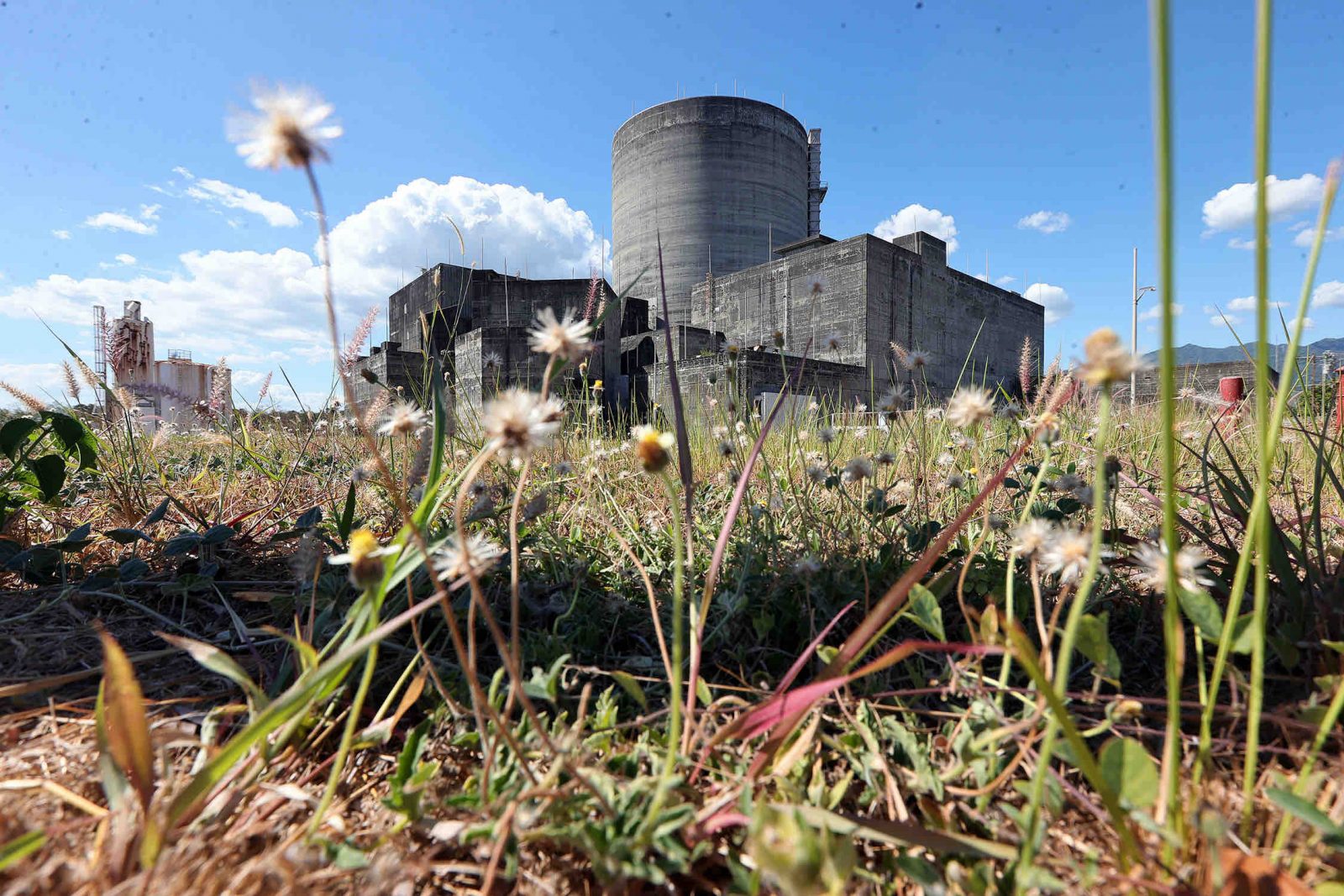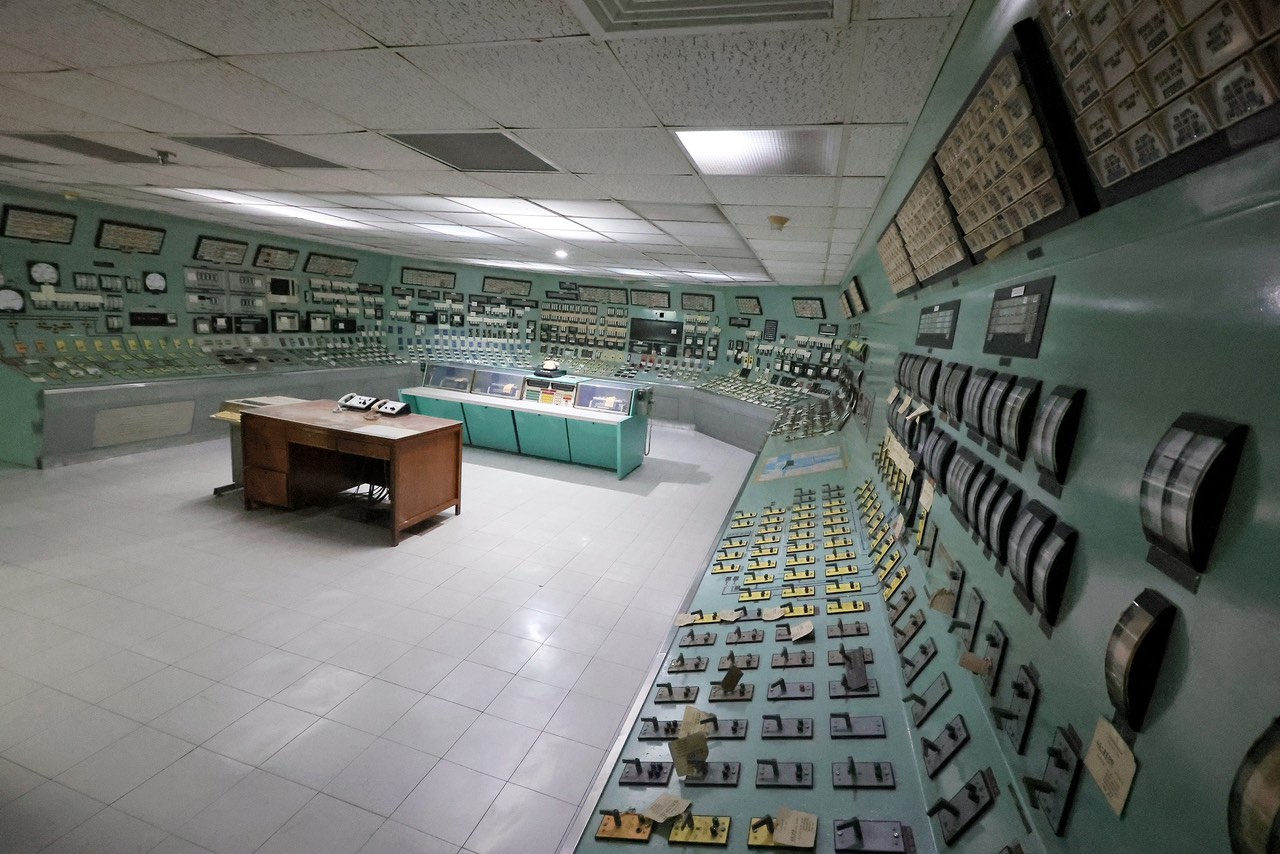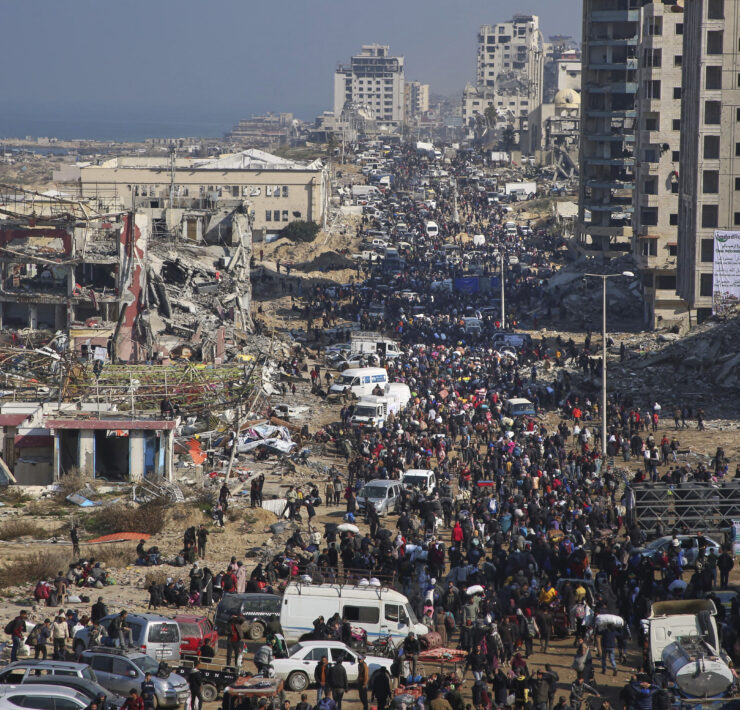Dangers of nuclear waste contamination

The United States Environmental Protection Agency (EPA) describes ways in which radiation due to nuclear contamination can wreak havoc on the body. First, acute radiation syndrome can arise from large exposures and result in symptoms such as vomiting within hours. This can at times lead to death after a few weeks or days of exposure. A high radiation exposure of more than 0.75 gray or 75 rad in a few minutes to hours is enough to cause contamination. The EPA describes it as akin to 18,000 chest X-rays experienced by your body in this short period. This high radiation exposure normally occurs when one is in the vicinity of a nuclear explosion.
On the other hand, low exposure of less than 0.75 gray over a long period does not cause immediate death but a higher cancer risk. Needless to say, a medical doctor can better describe how harmful this is.
But how does nuclear waste contamination occur from nuclear energy generation sans a major plant accident?
Normally, nuclear waste is cooled for five years (as provided for by House Bill 9293 or the Philippine National Nuclear Energy Safety Act).
It is then encased in concrete and steel and held in an area for about 50 years before finding a final sink for its resting place. Problems can persist while processing the waste and leakage during processing is a risk that should be taken into consideration. Again, although these may be low exposures and amounts, the accumulation of radioactive substances in the environment over a long period increases a stock which takes a very long time to disintegrate. The 200-hectare area provided for by House Bill 9293 is most probably the holding site that the good legislators are envisioning for the country. The problem with this is that the end of life of concrete is far shorter than the end of life of some of the radioactive substances in nuclear waste.

Finding final sinks
In waste management, the gold standard is finding and utilizing final sinks. A final sink is the final resting place of a substance or material such that it is sealed off from the environment completely, thereby allowing zero contamination. This is particularly important for nuclear waste. Plutonium, for example, is one of the residues from utilizing nuclear fuel. Plutonium-239 has a half-life of about 24,000 years. Meaning to say, that a ton of Plutonium-239 will reduce to 500 kilograms after 24,000 years, 250 kilograms after 48,000 years, and so on. That means, before reaching zero and reaching a state that it cannot contaminate, you need hundreds of thousands of years to keep this byproduct in a final sink.
Granted that we find areas like cavernous geological shelters in the Philippines, many geologists will agree that they are not enough. So far there are only a few countries such as Finland with this capacity. Exporting nuclear waste to other countries for storage also requires enormous costs and the situation of limited final sinks remains. Imagine if all countries in the world would depend on nuclear energy, where do we store all these radioactive wastes? Despite the investment of billions of dollars in research and development, the final sinks for nuclear waste are not entirely resolved.
The Philippines not only sits on the ring of fire. Every year, supertyphoons and heavy rain besiege the country. We cannot simply allow nuclear waste to pile up in a temporary holding place even though they are encased. We need to investigate the long-term effects and how these radioactive substances can seep through their protective materials.
Additionally, some of these substances have a half-life of hundreds of thousands of years. Nuclear storage options in a country prone to rising sea levels and a high population density are not advisable. More so, because the country is already one of the largest importers of essential food, a possible contamination could further threaten food security. There are also means of recycling nuclear fuel, but the process requires precision to ensure that the byproducts do not contaminate the environment. If the country can barely recycle PET bottles, how can it be expected to recycle nuclear waste? Waste management is less than rudimentary in the Philippines. The country can barely handle household waste.
Our beaches in Pangasinan are strewn with garbage: organic waste, PET packaging, and other plastic. When I left the Philippines for Vienna, the City of Dagupan was still dumping municipal solid waste on a part of Tondaligan Beach; and in 2023, when I brought my Viennese family to Hundred Islands in Alaminos, the turquoise waters of my youth were no more. The waters were a murky brown with some stench emanating from some islands; not to mention the destruction of marine life and reefs, the backbone of healthy fisheries for the people.
If the Philippines is incapable of handling, and at times economically challenged to afford true and tested ways of processing simpler categories of waste, imagine the destruction nuclear waste can do. (See part 1 of Manhart’s essay on nuclear waste here.)
Ann Marie Manhart is a Philippine-born Austrian writer who used to manage a waste management consultancy firm in Vienna. She has an MSc in Environmental Technology and International Affairs from the Vienna University of Technology and the Diplomatic Academy of Vienna.




















